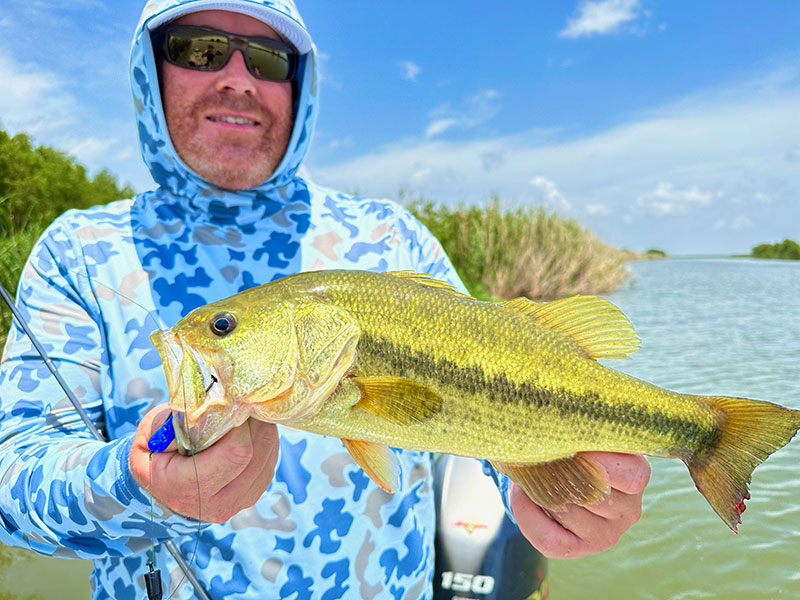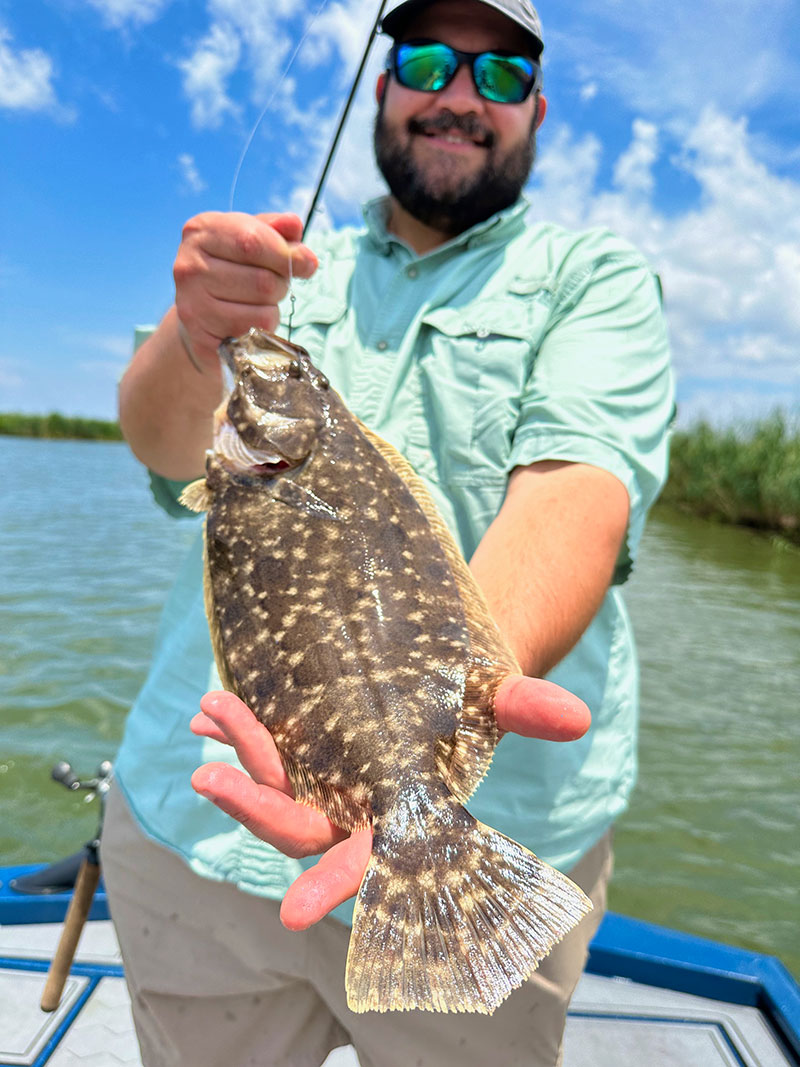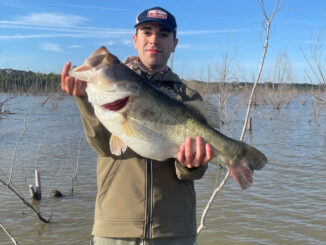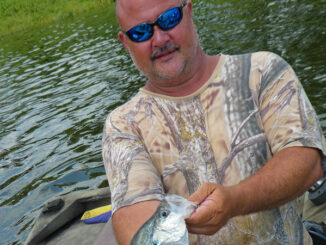
“My mother never breast-fed me. She told me she only liked me as a friend.” — Rodney Dangerfield
As far as geological features go, the Mississippi River is the Rodney Dangerfield of South Louisiana. It gets no respect.
Anglers from Delacroix to Dularge decry the river when it’s high, cursing the silt-laden fresh water that displaces some coastal fish and gives bayous and lakes the clarity of a mealy-mouthed politician’s speech on a controversial topic.
When the force of gravity lures the combined result of melting snow and Midwest thunderstorms to our little boot-shaped state here at the Gulf Coast, fishing guides who based their businesses at the mouth of the continent’s largest river rail against fresh water and its deleterious effects to their way of life, failing — apparently — to see the irony.
Expansive and healthy
Old-timers harken back to an historical eye-blink in time when the river was unnaturally contained in its levee-lined banks, the marshes were still expansive and relatively healthy and catching boxes of fish was so easy it was regularly accomplished with steel leaders and dead shrimp. Because it was all they knew, they assume that’s the way it always was and always should be.
But for all of recorded time up until a century ago, that’s not the way it was. The Mississippi River would get high in the spring, flood the marshes, push some coastal species of fish out and make a general mess for months at a time.

Then, sometime in the summer, the river would retreat to within its banks, slow to a relative trickle in autumn and cause an explosion in productivity beginning at the very benthic level.
That would result in ridiculously good fishing beginning, most years, in mid summer and ending in early winter.
A careless observer in, say, 1850 might behold that annual pattern and conclude the river caused bad fishing, and only when it retreated and got out of the way could anglers enjoy what makes this part of the world so unique.
It takes both
But, of course, modern biologists recognize you can’t have one without the other. Aside from the fact annual overflow of the river from its banks is what built all this marshland to begin with, the very nutrients collected by the river across the continent and relocated here are what drive the piscatorial ecosystem.
Because great fishing is so much closer and easier when the river’s down, many anglers, even today, assume the fishing would be that good year-round if only the Mississippi would jump its banks and drain the nation’s water.
What they’d quickly discover, however, is a fishery in rapid decline that in no way resembles the one they once enjoyed.
Indeed, in the short term, a high Mississippi causes a period of pain, but we don’t get to the great days of a low river without it.
We would all be wise to remember that this autumn as we hit the marshes along our coast. The river fell like a stone in June and has stayed down, leading to some fantastic fishing in many areas, especially Venice.
But we wouldn’t be here without the spring flood. April’s pain is September’s gain.


